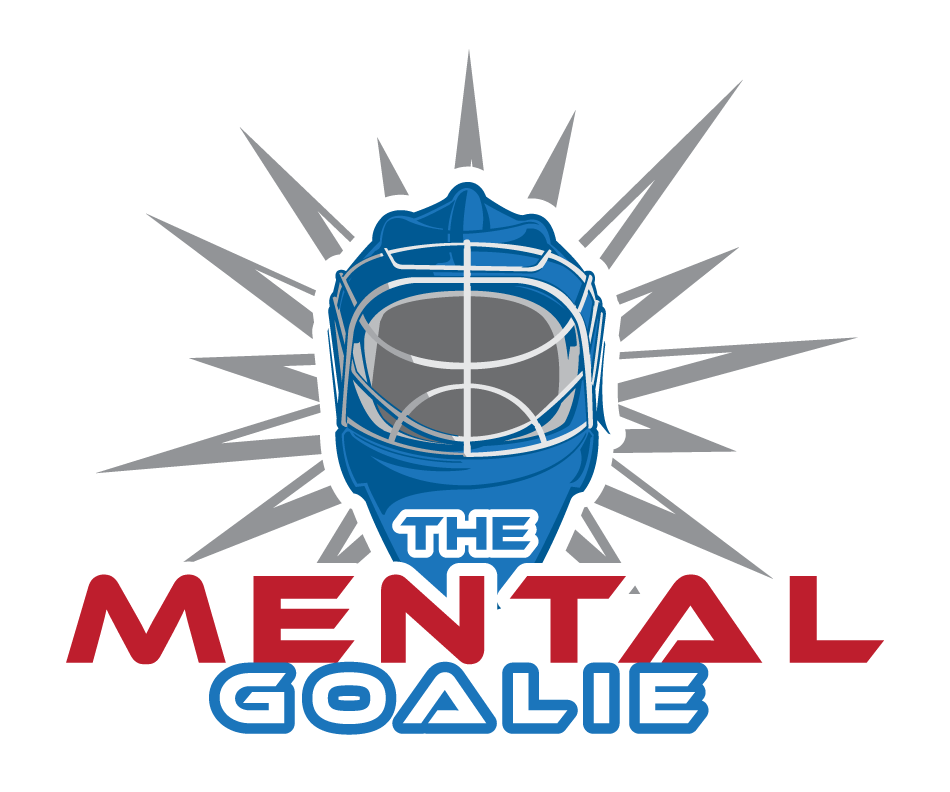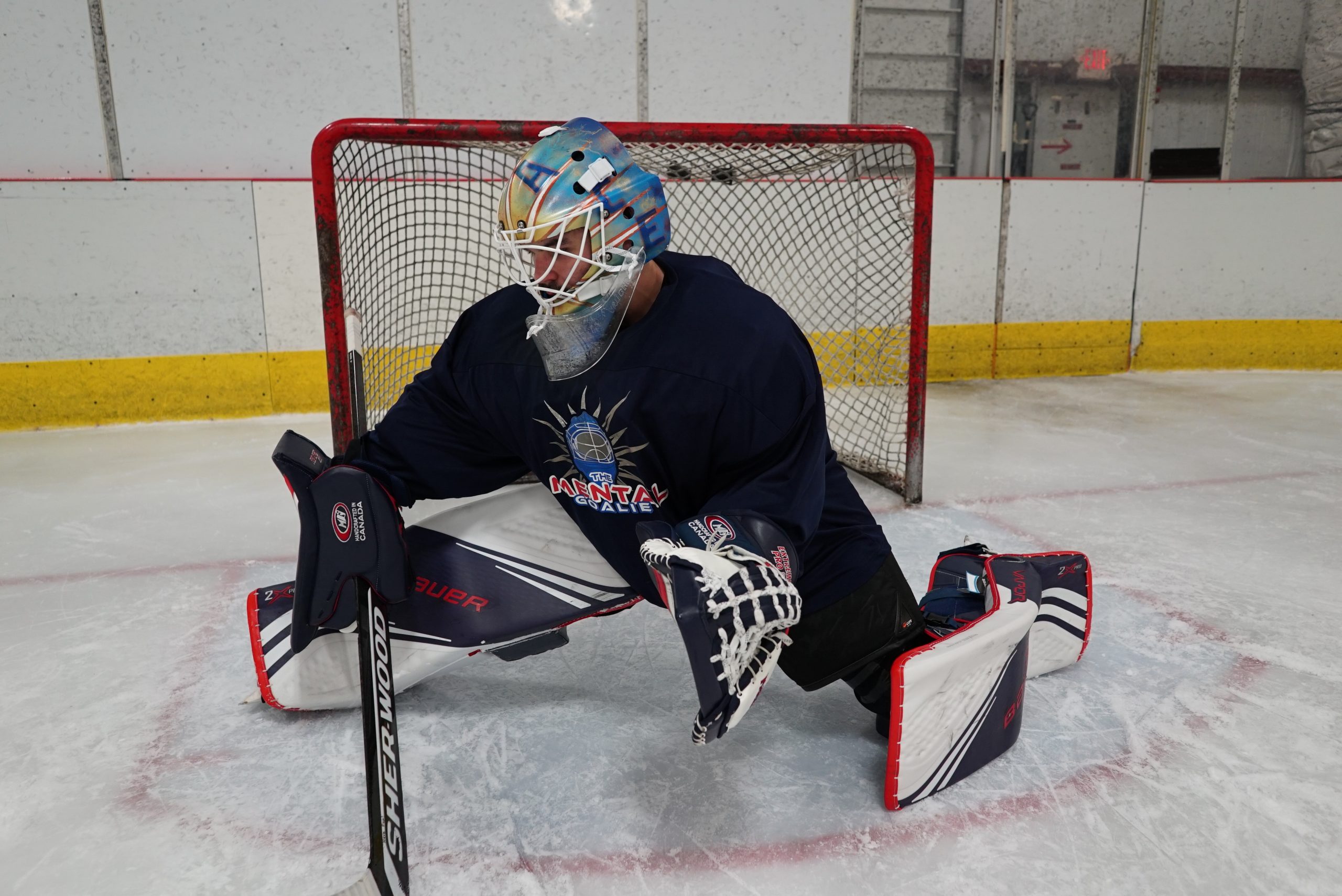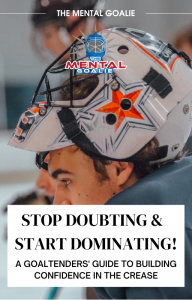An athlete is only as good as their recovery, right? You can give 110% during practices, games, and in the weight room, but if you don’t recover your muscles properly after every session, you won’t be able to sustain that high level performance throughout the season. While consistent stretching is a key component in all rehabilitation, sometimes you need something a little more serious to maximize your recovery session. Here’s a list of the some of the best tools for sports recovery.
“You’ve got to love what you’re doing. If you love it, you can overcome any handicap, or the soreness, or all the aches and pains and continue to play for a long, long time.”
Gordie Howe – NHL Legend
Foam Rollers
Foam rollers are the tried-and-true method of muscle recovery. A good foam roll can alleviate pain caused from tight muscles and increase blood flow back to the places you need it most. Rollers work by using your own body weight to help dig in and break up muscle adhesions, relieve inflammation, and reduce tissue tension.
My knees and hips would constantly be in a dull pain after skating. What I thought was something more serious in the joints themselves, was pain from tight quads pulling on my knees. Rolling out your quads, IT band, and calves, will greatly help alleviate that knee joint pain.
*Pro Tip – “Figure 4” your leg and place the roller parallel to your body to dig into your groin.
Check Out These Great Rollers On Amazon:
$ $$ $$$
Massage Gun
A relatively new recovery tool that has gained in popularity over the past few years is the massage gun; an L-shaped device that offers a percussion-style deep tissue massage for pain relief and muscle recovery.
Ideally, we would receive a sports massage every time we feel sore. For the majority of us, that’s just not possible! A massage gun can give you that deep tissue treatment your muscles are craving anytime you want. The percussive motion of these instruments will sooth sore muscles, boost blood flow, and work out tensions that cause pain during normal movements.
The different massage heads and speeds on these massagers mean they can work in every situation depending on your pain management and recovery needs.
*Pro Tip – Start at the lowest speed setting and work your way up! The rhythmic pressure can take some getting used to!
Check Out These Great Massage Guns On Amazon:
$ $$ $$$
Thera Cane Trigger Point Massage Tool
Trigger points are discrete, hyperirritable spots located in skeletal muscle. They produce pain locally in a pattern, cause tightness around joints, and abnormal pain patterns. A trigger point massage tool, such as a thera cane, can help break up these trigger points and reduce unwanted pull on your joints and high usage muscles.
Simply placing the “nubs” of the cane on painful or tight areas and working them into the muscle will break up trigger points and encourage healthy blood flow. Using this type of instrument is dependent on the user’s pain threshold, and it’s always good to begin with light pressure. Remember though, the deeper the push the greater the relief will be.
*Pro Tip – Let the leverage of the cane do the work, like a crowbar, push up on one end to dig the other end into your body.
Thera Canes On Amazon:
PSO-RITE
The PSO-RITE muscle release and tissue massage tool is a great way to release those hard-to-reach tight abdominals and hip flexors. Often, tight hips, back pain, leg pain, knee pain, and pelvic pain can be attributed to a tight psoas muscle, and the Pso-Rite is the best tool to release it.
What is the psoas muscle? The psoas (sO-As) muscle is located in the lower lumbar region of the spine and extends through the pelvis to the femur. This muscle works by flexing the hip joint and lifting the upper leg towards the body (from https://my.clevelandclinic.org/). It’s a muscle that is used in everyday activities, and for athletes, used in most movements. Because of this, it can get extremely tight when not properly stretched. The Pso-Rite will dig into the psoas and work just a trigger point tool would; pressure and release.
Because the psoas is used in most athletic and daily movements, and is so hard to get to, the Pso-Rite is the best tool for the job.
*Pro Tip – The Pso-Rite is also great for lower back muscles, IT band, shoulder, neck, and groin release as well! Ease into the Pso-Rite with light pressure at first.
Pso-Rite models On Amazon – Traditional & Spine Based
Resistance Bands
Stretch, stretch, stretch! There is no excuse to not be stretching. Most, if not all, sports induced pain comes from not stretching. Without stretching, your muscles can shorten and become tight. When this happens, they are unable to extend as far as you need them to for athletic or day to day activities. Then, when they are forced to extend, you end up with pulled and torn muscle tissue. Stretching keeps the muscles flexible, strong, and healthy, and using resistance bands to help aid you can maximize your movement.
Deeper stretches may take some building up to, depending on your pain level, tightness, and flexibility. Resistance bands can be a safe, smart way to ease deeper into a stretch without as much pain, as they allow you to be in control of the pull and stretch intensity.
*Pro Tip – Try some of your normal stretches but add a band. For example, if you stretch one leg forward and tuck one into your groin while sitting, loop a light resistance band around the extended leg to help with the stretch.
Great Resistance Band Options:
Cupping
The last one on our list may be the most controversial, but many athletes swear by it. Cupping is an ancient healing therapy the uses suction to increase blood flow to inflamed and painful areas. Maybe you’ve seen the result of cupping on an athlete before, (think Michael Phelps in the 2016 Rio Summer Olympics).
By using suction on the skin, cupping pulls stagnate blood and inflammation upward. This suction force expands and breaks open capillaries under the skin. Your body will react as if it’s injured and send more blood to the area to stimulate the natural healing process. The new blood can carry away the stagnate old blood and begin to oxygenate areas that weren’t receiving enough oxygen.
Cupping works like a reverse trigger point tool, and to many it is as effective and less painful. Now, thanks to modern day plastics and air pumps, you have the ability to cup yourself without the need to go to a therapist.
*Pro Tip – Cups can be painful in the first two minutes of application. Focus on your breathing to help monitor the pain and try not to move a muscle. Using plenty of massage oil will make a difference as well!
Check Out These Great DIY Cupping Kits On Amazon:
Ultimately, the best recovery tool for athletes is the athlete themselves. All the best recovery devices could be at your disposal, but if you don’t put in the time to stretch, warm up, and dynamic cool down, you’ll constantly be fighting tightness and pain throughout your career. Get in the right mental attitude, embrace the grind, and start consciously making decisions that will benefit your mental and physical state of being.
Remember to stretch before and after you play or exercise, and use these great recovery tools to supplement your healing and stay proactive on your body’s needs.



















